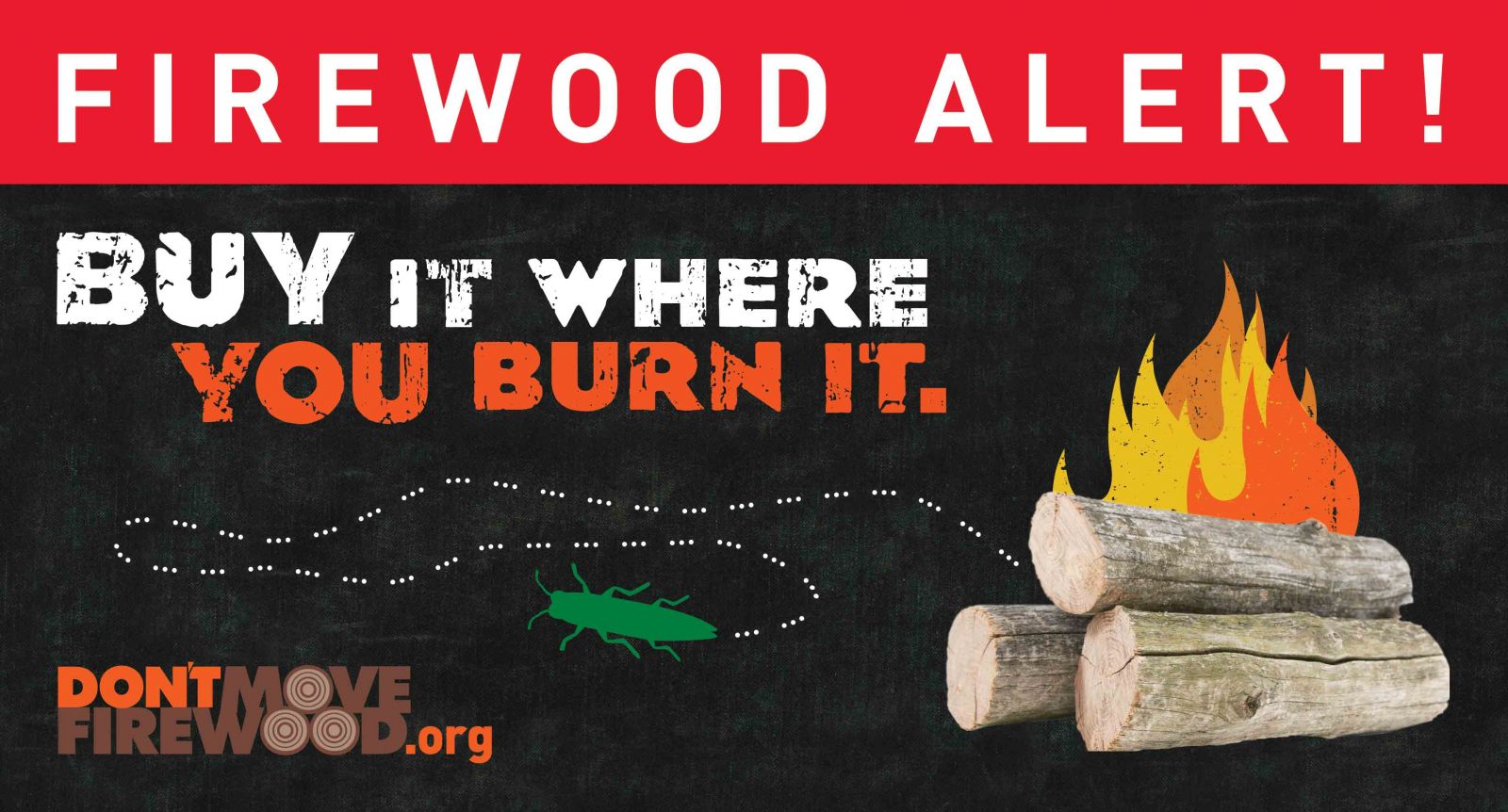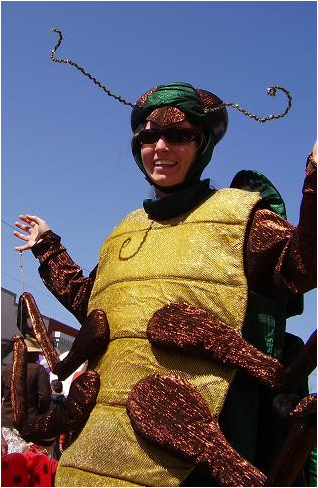Speaking for the Trees @ Clearwater’s Great Hudson River Revival
By Katie Robb, Don't Move Firewood Summer Intern
Our second event of the summer was a huge success. We reached nearly 1,000 people over the course of the weekend while at Clearwater’s Great Hudson River Revival in Croton-On-Hudson, NY. There were many visitors who remembered us from years past; some even said that we’re their favorite booth! One teenage boy has been collecting our prize wheel give-aways, with the goal of getting something new every year. This time he walked away with one of our new trucker hats to add to his Don’t Move Firewood collection. Needless to say, he’s practically an expert on the Asian Longhorned Beetle and Emerald Ash Borer at this point.
Upon arriving at Clearwater on Friday night, we were directed to set up our booth in the Activist Area. It was at that moment that I found myself in a humorous situation. I attended a college which is known for being very liberal and rife with activism. However, over the course of my four years in school I was averse to becoming involved in the hot political issues on campus. I was probably as un-activist as you could get. Ironically, I now find myself working as an activist this summer; I speak for the trees, for the trees have no tongues (as Dr. Seuss’ Lorax would say). Clearly there are issues that make an activist out of me and I just hadn’t realized it yet.
Spending my weekends dressed in an Emerald Ash Borer costume and talking to people about the risk of transporting tree-killing invasive insects when moving firewood is really exciting. The highlight of my weekend was when I connected with an individual who admitted to recently cutting down a tree in their back yard with the intention of making firewood to use when camping. They realized that they could’ve unknowingly jeopardized their favorite summer camping spot in Maine by bringing firewood along with them from their home in Connecticut, and then promptly agreed to buy firewood local to the campsite. It’s encouraging to see that the effort I make can have an immediate impact on reducing the threat to our forests’ health. Although, I can’t claim all the credit, visitors to our booth often take our education materials for their friends and family who they know use firewood for camping or heating their homes. A cooperative effort gives our beloved maples, willows, birch, elm, and ash trees (to name a few!) the chance to stand tall for generations to come.
So I suppose it’s time to admit that I’m actually an activist. In retrospect, The Lorax was always one of my favorite books growing up as a child.






.jpg)
.jpg)
.png)

.jpg)